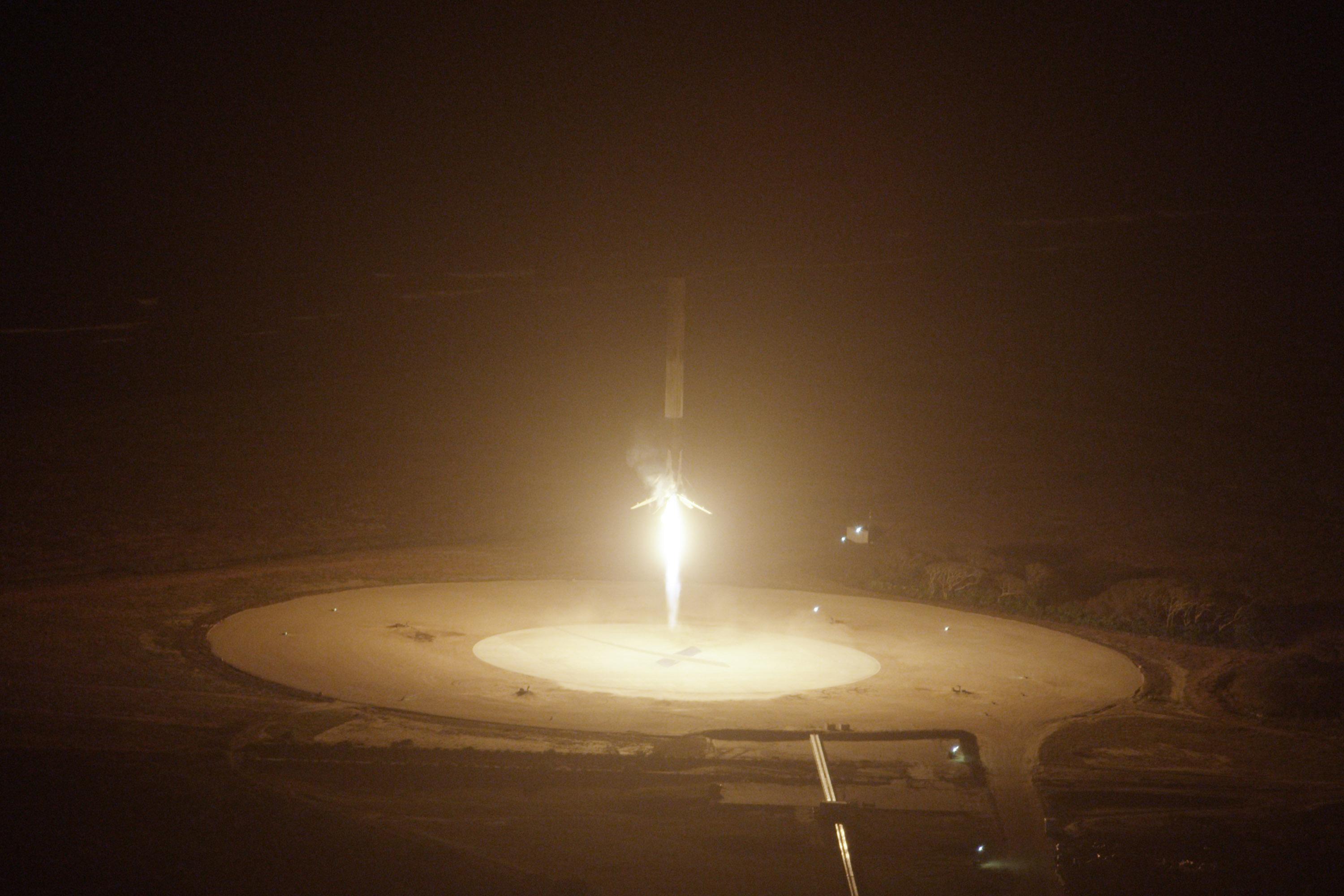
SpaceX successfully landed the first stage of its Falcon 9 launch vehicle on Dec. 21 after placing 11 satellites into low Earth orbit for Orbcomm. The vertical landing on a surplus launch pad at Cape Canaveral followed failed attempts to land the reusable first stage on an unmanned barge at sea.
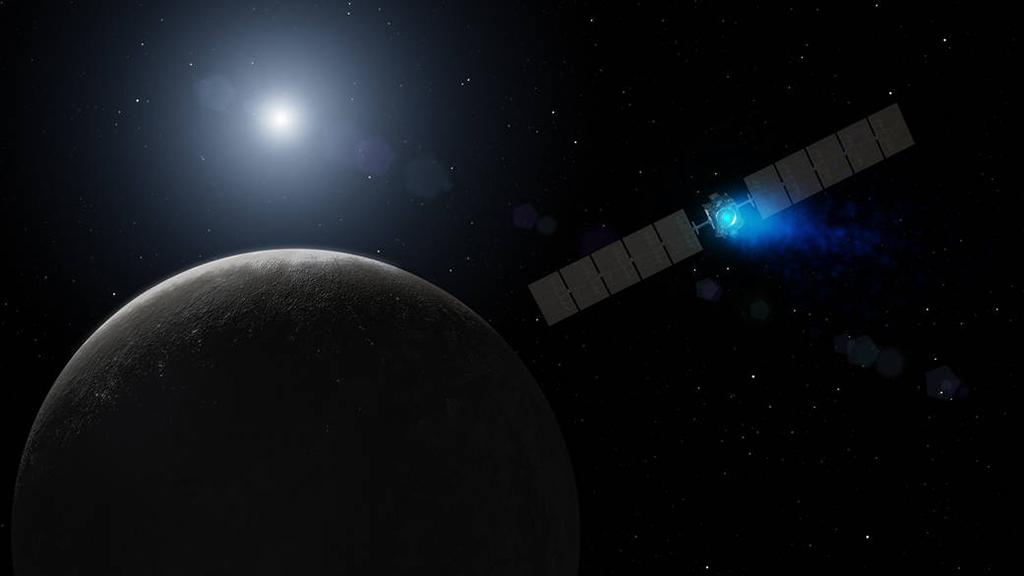
NASA’s Dawn spacecraft entered orbit around the dwarf planet Ceres on March 6, after an almost eight-year journey that included orbiting the large asteroid Vesta in July-August 2011. Both celestial bodies are in the asteroid belt between the orbits of Mars and Jupiter. Dawn fired up its ion engine on Oct. 23 to enter its fourth and final orbit altitude around Ceres, less than 235 mi. above the surface.
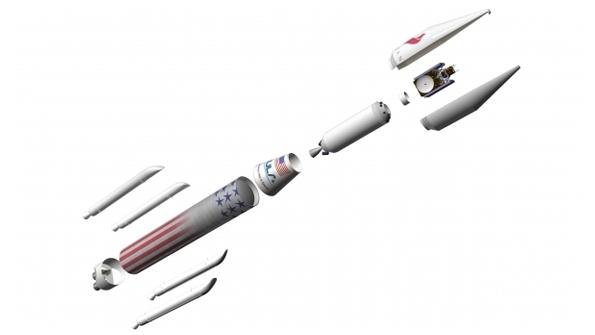
Facing competition from SpaceX, United Launch Alliance in April unveiled its Vulcan next-generation launch vehicle, with air-recoverable and reusable main engines. First flight is planned for 2019. Vulcan will replace the Russian-engined Atlas V for national-security launches. Blue Origin will supply the BE-4 liquid-oxygen/liquid-natural-gas main engines and Orbital ATK the solid rocket boosters.
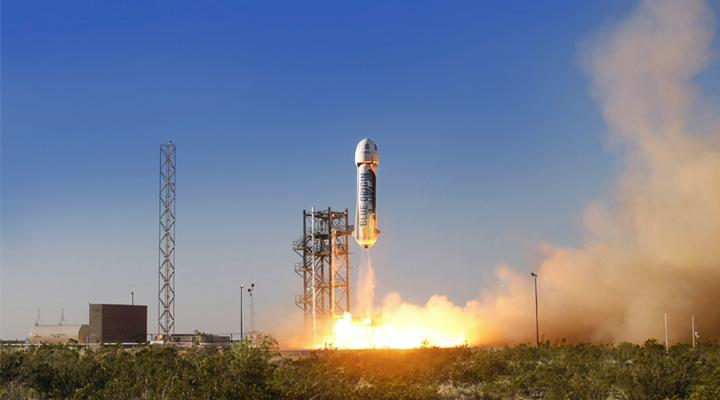
Blue Origin’s New Shepard reusable suborbital rocket made its first development flight on April 29, the company’s 110,000-lb.-thrust BE-3 liquid-oxygen/liquid-hydrogen engine powering the unmanned vehicle to 307,000 ft. and separation of the crew capsule, which returned to a parachute landing. The second test flight on Nov. 23 ended in the first successful vertical landing of the reusable single-stage booster.
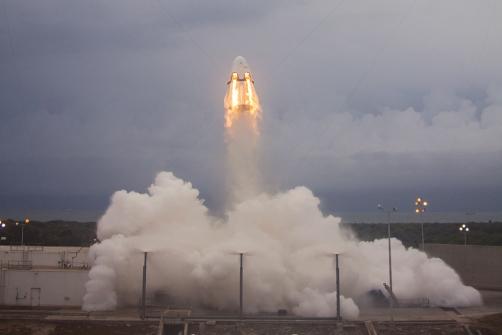
SpaceX completed the first flight of its Crew Dragon manned spacecraft with a May 6 launch abort system test at Cape Canaveral. The test showed the abort system’s eight 15,000-lb.-thrust SuperDraco engines, integrated into the sides of the capsule, could carry astronauts to safety if there was an emergency on the launch pad.
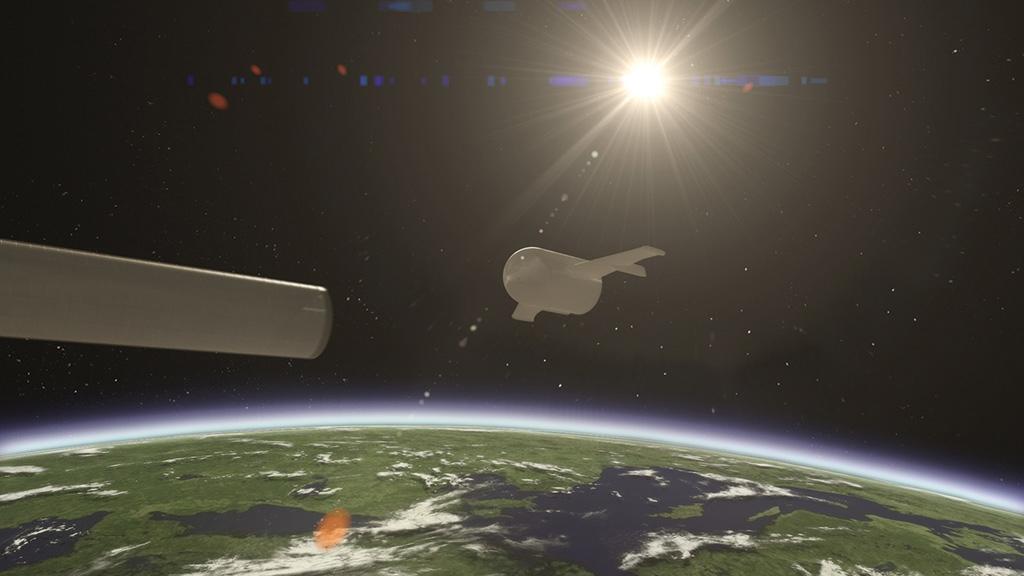
Airbus Defense and Space in June unveiled its Adeline concept to reuse the first-stage engines of Europe’s next-generation Ariane 6 launch vehicle by enclosing them in a winged vehicle that, after jettisoning the first-stage tank, would reenter the atmosphere, deploy turbine-driven propellers and fly back to a remotely piloted runway landing.
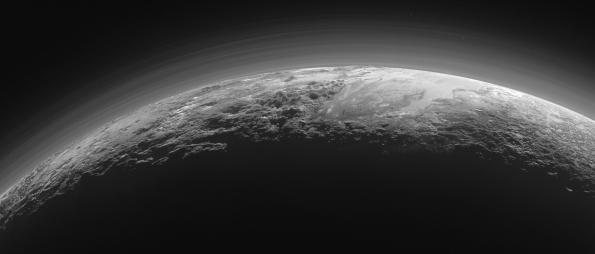
NASA’s New Horizons probe performed the first flyby of Pluto and its moons on July 17, passing within 7,800 mi. of the dwarf planet’s icy surface. Imagery revealed a hazy nitrogen atmosphere raining hydrocarbons onto icy plains and nitrogen glaciers. Launched in 2006, New Horizons has maneuvered to fly by a Kuiper Belt Object, 2014 MU69, early in 2019.
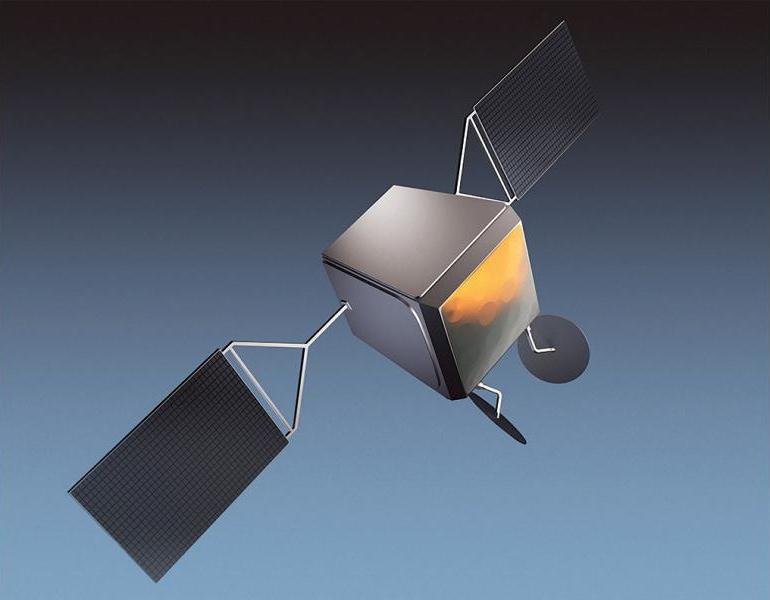
In June, Airbus Defense and Space was selected to build 890 satellites for startup OneWeb, which plans to provide global Internet connectivity. Each of the Ku-band satellites will weigh just 150 kg (330 lb.) and cost about $500,000. Launches are to begin in 2018 and the constellation of 648 operational satellites will orbit at around 1,200-km (750-mi.) altitude.
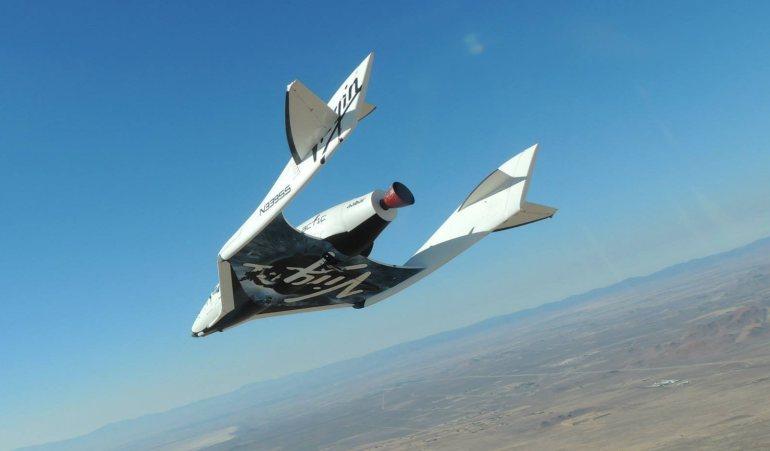
In July, investigation of the inflight breakup of Scaled Composites’ suborbital SpaceShipTwo in October 2014 concluded the probable cause was the failure to protect against the co-pilot’s premature unlocking of the feather system and subsequent aerodynamic overload. Virgin Galactic has incorporated a mechanism to prevent premature unlocking in a second vehicle to fly in 2016.
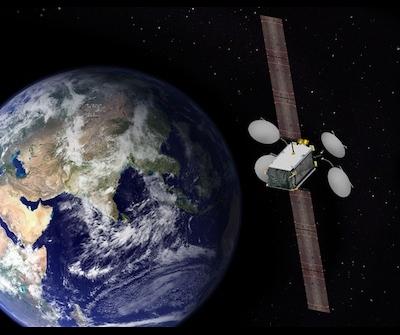
The first all-electric-propulsion satellite became operational on Aug. 31 with the handover of ABS-3A, a Boeing 702SP communications satellite, to Asia Broadcast Satellite. A xenon-ion electric thruster raised the spacecraft to geosynchronous orbit (GEO) after its launch in March with Eutelsat 115 West B, another all-electric 702SP that became operational in October.
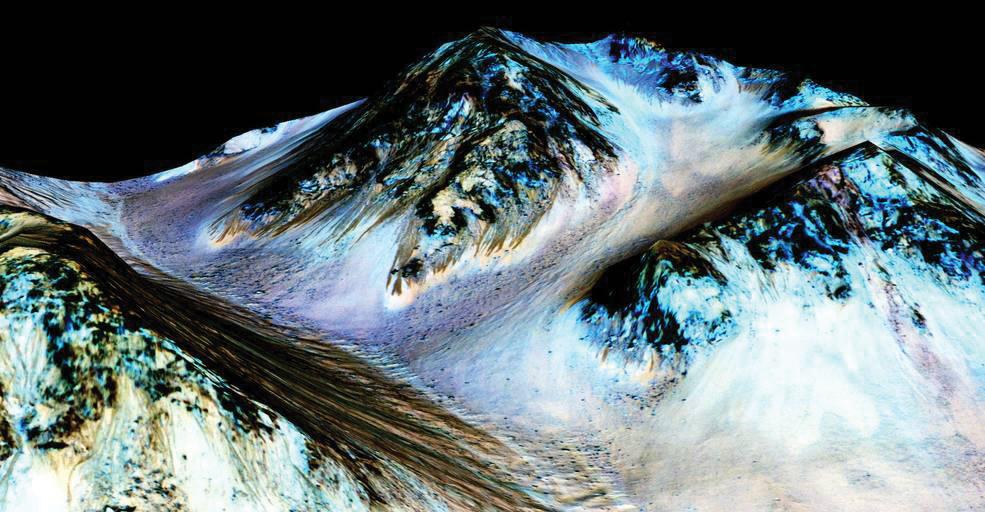
Spectroscopic data from the 10-year-old Mars Reconnaissance Orbiter have confirmed that periodic dark streaks appearing on Martian slopes are the result of liquid water flowing on the planet’s surface, NASA announced in September. The streaks are thin patches of damp soil where salt lowers the freezing point of water, allowing it to persist in Mars’s thin, cold atmosphere.
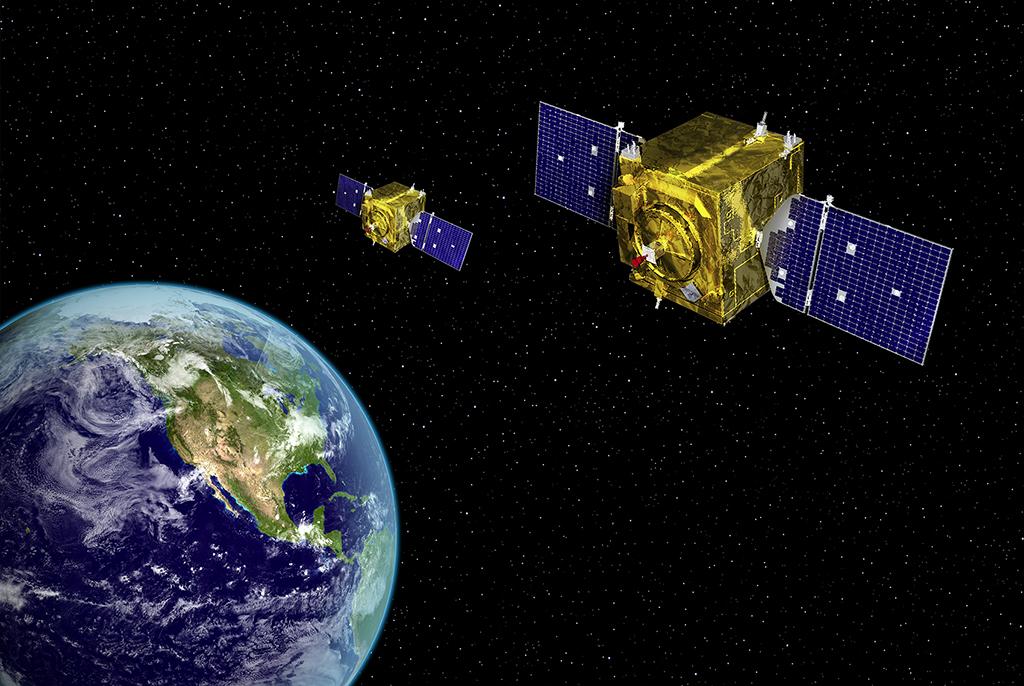
The U.S. Air Force declared initial operational capability for the Geosynchronous Space Situational Awareness Program on Sept. 29 with two maneuverable spacecraft positioned in near-geosynchronous orbit and able to rapidly detect, warn, characterize and attribute disturbances to U.S. systems in GEO, with the capability to rendezvous with and operate in the proximity of other spacecraft.
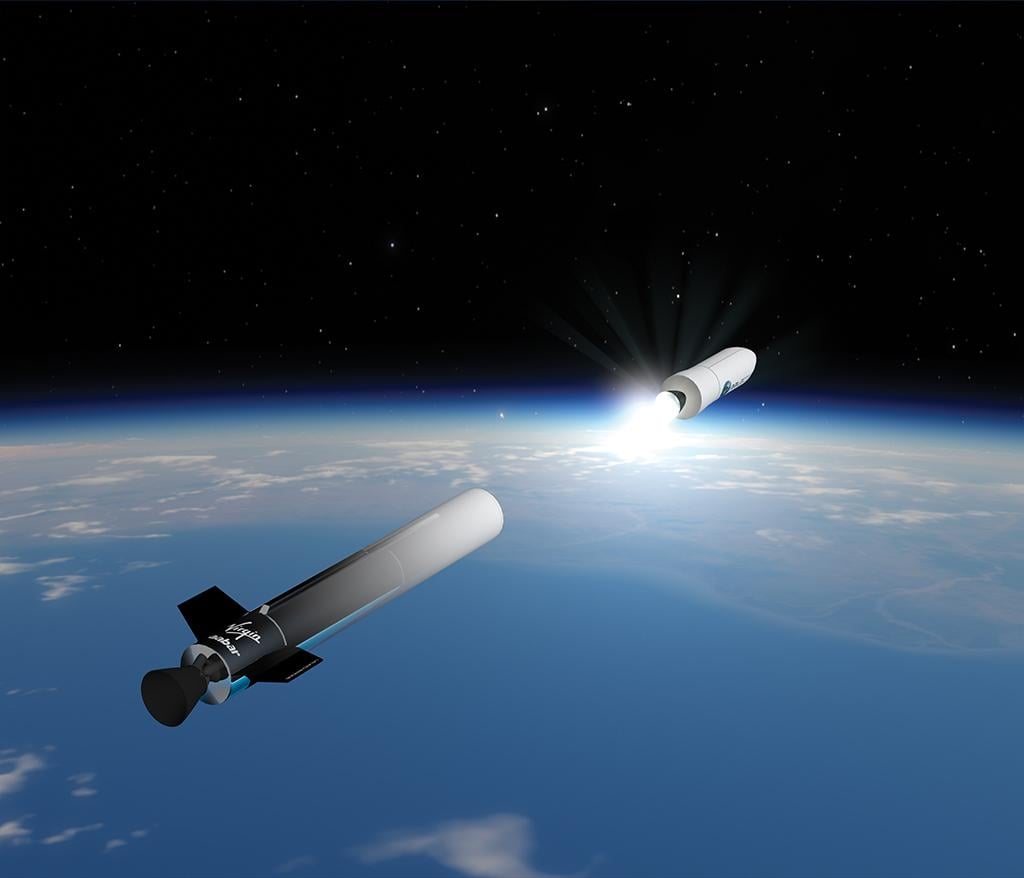
NASA in October awarded small-satellite launch contracts to startups Firefly Space Systems, Rocket Lab and Virgin Galactic. Rocket Lab plans to fly its electric-turbopump Electron in 2016, and the cluster-aerospike-powered Firefly Alpha is scheduled to fly in 2018. Virgin’s air-dropped LauncherOne is set to fly from a carrier aircraft modified from a Boeing 747-400 owned by sister company Virgin Atlantic Airways.
New Horizons’ July 14 flyby of Pluto was the space highlight of 2015, a year that saw events ranging from the first successful vertical landing test of Blue Origin’s New Shepard suborbital rocket, the unveiling of United Launch Alliance’s next-generation Vulcan booster and confirmation there is water on the surface of Mars.
